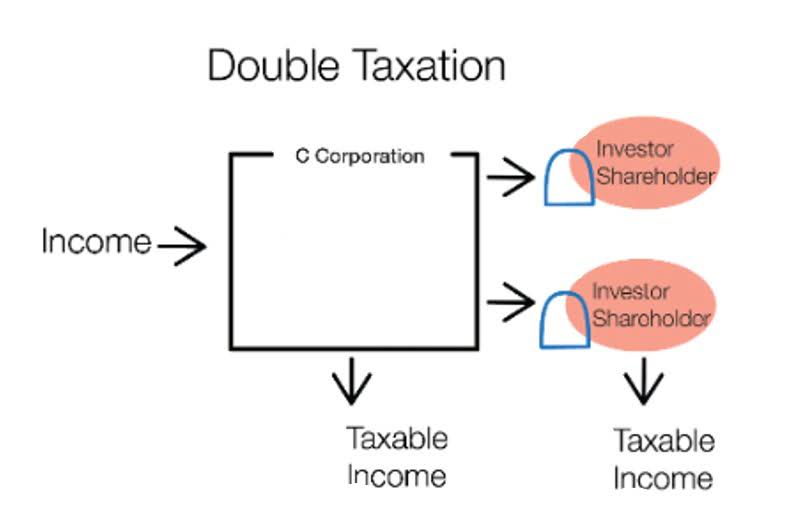
Net sales, on the other hand, subtracts deductions—hence the distinction between net and gross. To calculate your net sales, you first need to calculate your gross sales. Net sales represent the total amount of revenue Retail Accounting generated from the sale of goods or services after deductions for returns, discounts, and allowances. Net sales are calculated by subtracting the returns, allowances, and discounts from the total unadjusted sales. This formula helps determine the revenue earned from a business’s sales. The income statement shows how much net profit is generated based on the net revenue from sales.
- The figure derived shows the actual amount of receipts from the customers is reported on the company’s income statement.
- In other words, this is the amount of revenue you’re generating from the sales of goods and services alone, after the expenses of refunds, discounts, and deductions.
- Understanding exactly how much income you’re generating from sales is critical to the financial health of your business!
- That’s why it’s also known as the bottom line, as it’s usually shown at the bottom of a financial report.
- Revenue shows total income, but without profit, a business may struggle to sustain operations.
- Out of the total sales, during the same period, sales and returns were $ 2,000, sales allowances were $ 3,000, and the discounts given were $ 10,000.
Key Components of Net Sales Formula
Pricing decisions can make or break a business, and luckily, calculating your net and gross sales can help you ace them. When your net sales go down compared to previous years, you’ll know you should improve your products, strategize your discounts better, or apply new marketing strategies. After you get that value, deduct the sales allowances, discounts, returns, and taxes, and you’ll have sales revenue formula yourself the net sales of your company. Because net sales includes revenue forfeited from discounts, it’s a great way to understand the impact discounts are having. With this metric, you can begin to understand if offering markdowns on the listed sales price is causing you to lose too much revenue compared to the uplift in conversions it brings. Software companies, on the other hand, might have net profit margins exceeding 20% but much lower total revenue.
- Gross revenue represents the total income generated from sales before any deductions, while net revenue accounts for discounts, returns, commissions, and other adjustments.
- Learn how to clean up HubSpot contacts in 5 steps to boost sales productivity and maintain an efficient database for marketing and customer retention.
- Gross profit margin is a measure of how much profit a business makes after deducting its cost of goods sold (COGS), expressed as a percentage of revenue.
- The net sales has direct impact on the gross profit that the companies make.
- With a more secure, easy-to-use platform and an average Pro experience of 12 years, there’s no beating Taxfyle.
Net Sales Revenue: Its Significance for Financial Statements

Changes in the value of the sales affect the gross profit and the gross profit margin of the company, but it does not include the costs of the goods sold. It varies from company to company to adopt the way of presenting its sales. Sales include cash earned from paying consumers, while revenue refers to the entire amount of money earned by a business over a certain period. However, when sales income exceeds the overall revenue generated by a company, it may indicate that the business has incurred more expenditures or expenses. The difference in value between revenue and sales may affect net income variations.

Finding the Data on Financial Statements

Access a wealth of resources designed to help you master your business metrics and growth strategies. View our live demo environment to see Baremetrics in action and learn how it can benefit your business. However, you’ll need to have sufficient justification to do so or your customers may take their business elsewhere. If the margin drops from, say, 11%to 7%, it might be because your supplier has increased the prices of the raw materials. Maybe you are expanding and adding extra staff, which increases your payroll expenses. Stay tuned for the final section where we’ll recap the key takeaways you can start applying to your business today.

In other words, this is the amount of revenue you’re generating from the sales of goods and services alone, after the expenses of refunds, discounts, and deductions. Net revenue is the entire income your company generates from selling goods and services through the company’s operations, minus transactional expenses like discounts or funds. We hope understanding net sales and other financial terms helps you run your small business in a better manner. When used correctly, net sales is a useful calculation for both retained earnings balance sheet you and your management to measure how well the business is selling its goods and services.
Understand the financial health of your business

To find the net sales, you must subtract the cost of goods sold from the company’s gross sales. Net revenue is the total income your business earns from sales after deducting returns, discounts, and allowances. It reflects your actual earnings and helps assess financial performance.

